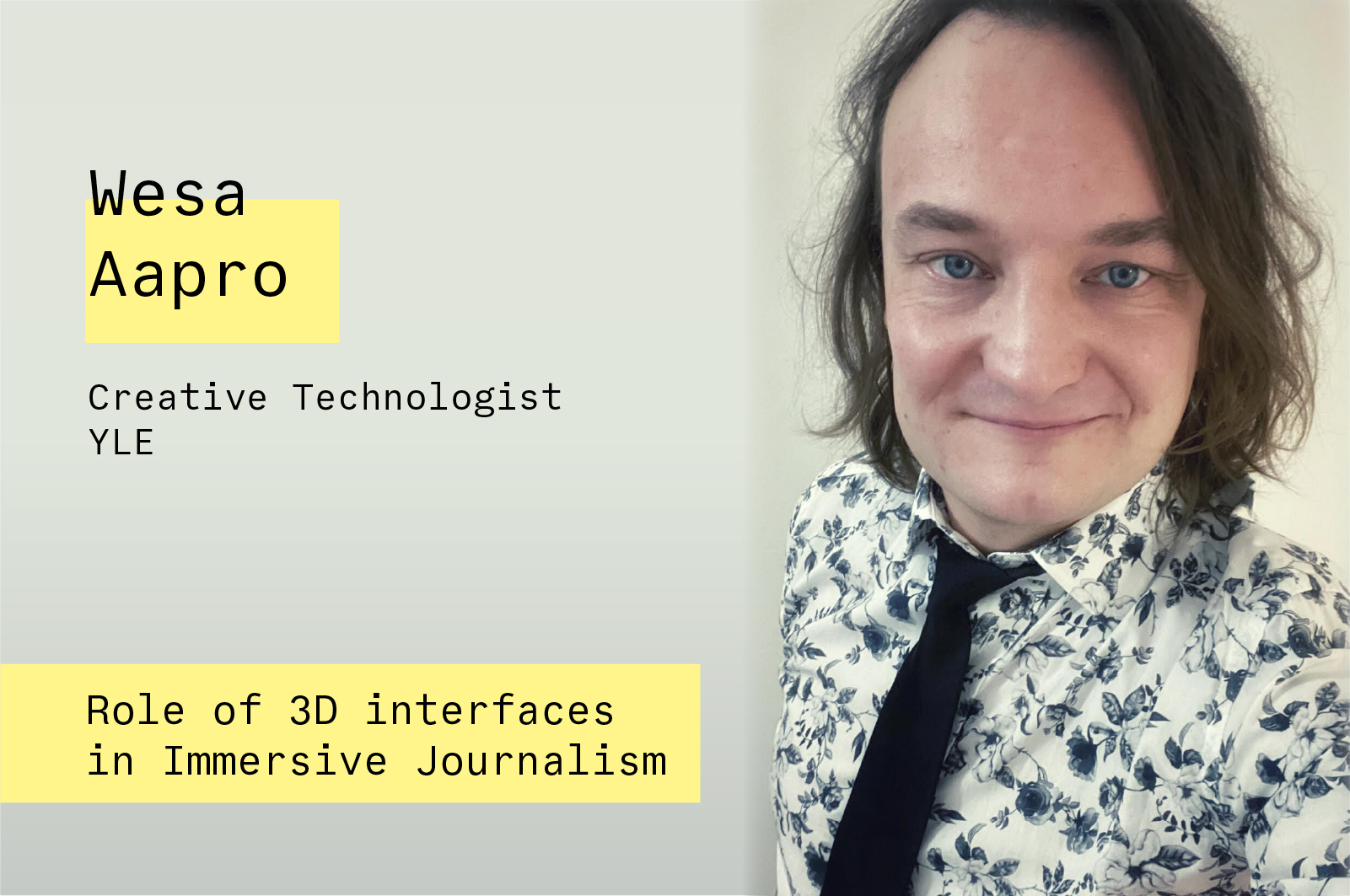Challenge our network of
minds
Open innovation is a powerful approach for accelerating creativity and the production of novel, value generating solutions. It enables us to break away from organisational echo chambers and think beyond silos, while opening up lanes for the exchange of fresh perspectives, diverse know-how and lateral ideas.
This platform is your access point to Futurice’s internal open innovation process in which our international community of 600+ experts from design, engineering and science can be harnessed to rapidly create viable, forward-leaning solutions to your business problem.
The process consists of briefing session, ideation and concepting the solutions. Our facilitation ensures that you have access to all ideas produced during the process and 2 actionable briefs that are ready for implementation.
The journey starts with you submitting an initial challenge. Don’t worry about the definition – it can be vague – as we will refine this into an actionable brief together with you before we move on. Learn more about the process below.
Want to know more before submitting a challenge?
Get in touch: challenge@futurice.com
By submitting a challenge, you are not committing to anything with us. All submissions will be treated confidentially and NDA’s will be arranged according to your need. Get in touch via email if you have any questions.
1. step: brief refinement & setup
Once we have recieved your initial challenge, we will get in touch with you to rapidly refine the challenge into an actionable brief with necessary specifications, restrictions and considerations. NDA’s and other practicalities will be als set up at this point.
We will contact you and ask clarifying questions. You/your team spends 1-2 hours with Futurice team to work on the brief and practicalities.
2. step: collective ideation sprint
Challenge brief is distributed to our internal experts along with a live Q&A session, which we will facilitate. This will kick start a week-long ideation sprint. Using our tools, ideas are shared and reworked collectively to make the most out of them. At the end of the sprint, ideas are categorized for presentation.
You’ll spend 1-2 hours with the Futurice team to kick start the process and run the Q&A for the participants.
3. step: idea sparring and conceptualization
We will arrange a review session for the produced ideas. You/your team will be invited to spar, comment and work on the ideas together with the contributing experts. In the session, the most potential ideas will be ranked and top 3 ideas will be chosen for a conceptualization process where the ideas are turned into actionable concepts including detailed descriptions, designs and plans for development. The rest is up to you.
You’ll participate to the review session, spending 2-3 hours for sparring and ranking the ideas. Later, the outcomes will be presented to you in the form of concepts.
Earlier cases
ABB
Robotics
46 participants | 1 week | 9 fine-tuned ideas | 2 ideas selected
Andie Zhang
Global Product Manager Collaborative Robots, ABB Robotics
"I am really impressed how well this process worked and how many nice ideas it generated."
Challenge
Cobots are moving out from the factory floors of automotive giants to revolutionise the work of SMEs in manufacturing, research, healthcare. Next service business and soon our homes. This opens up a whole new market for Cobots, but how will human-cobot interaction work where availability of robotics engineering skills are slim to none such as a laboratory or a bakery?
YLE
Finnish National Broadcasting Company
101 people, 12 ideas, 60 comments. 1 idea moved to implementation

Wesa Aapro
Creative technologist, YLE
Challenge
GPU enhanced mobile devices and functioning web protocols are mature enough for smooth user experiences, not forgetting the recent work around webXR standard. Technologies such as lidar and photogammetry make production of realistic 3D models an option for anyone. What could be done with 3D from a journalist’s or storyteller’s perspective?
